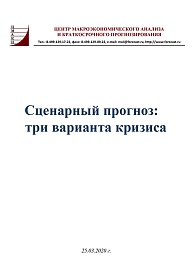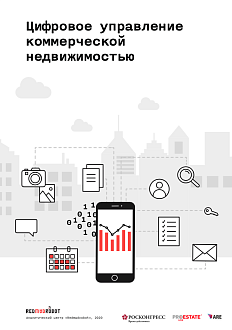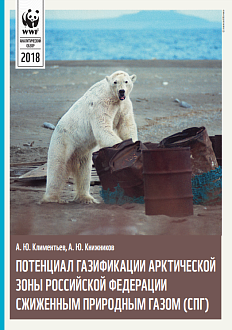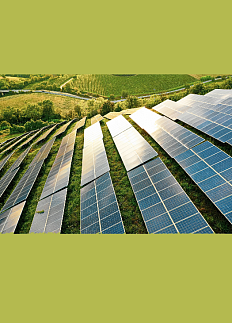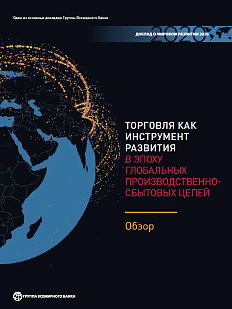In this report, experts from the Center for Macroeconomic Analysis and Short-term Forecasting (CMASF) offer their vision of the causes and background of the economic crisis in Russia and globally and give a forecast with three crisis scenarios.
The Roscongress Foundation presents the salient points of the publication accompanied by fragments of broadcasts of relevant panel discussions from the business programme of key international events held by the Roscongress Foundation.
1) Some signs of a structural crisis in global economy were observed even before the pandemic
The start of the coronavirus epidemic, the drop in oil prices, and numerous turbulences on financial markets broke the trends that had seemed steady.
However, the CMASF experts believe that although these shocks occurred simultaneously (which, in itself, is damaging to the Russian and the global economy alike), this wasnt the only problem. The underlying problem was that, even before the current crisis, the global economy had started to «creep» into the next cyclical crisis. This was due to the huge debt loads in a range of new industrial economies (such as Argentina, Turkey, Indonesia, etc) which had been oriented at a fast growth of the global economy, in China which had solved the problem of finishing the formation of a modern industrial system by escalating national debt (which reached 300%), and in a group of developed economies with chronic budget deficits and «warmed up» financial markets (first and foremost, those of new companies).
Meanwhile, the global economy remained highly interconnected. Above all else, this meant that many countries were dependent on supplies from China and on its demand for raw materials, as well as on the state of global oil and financial markets. Even before the current crisis, there were signs of a looming structural crisis in the global economy, unrelated to the epidemic. Some of the signs were:
· investors on commodity markets switched from copper (a core material for electrical equipment; an indicator of expectations of growth in physical investments) to gold (a classic hedge);
· leading macroeconomic indicators pointing to a global recession started to increase at a noticeable rate in late 2019.
Video: Friends for Leadership 2020: New Perspectives for Global Cooperation to Achieve Sustainable Development (19:53); speaker: Teresa Astolfi, Head of the International Directorate, Peoples Party in the Congress of Deputies of the Kingdom of Spain
2) The length of the crisis will depend on the damage the global economy suffers
The global economy was hard hit by a range of factors, such as the synchronicity of the shock from the China supply disruption and the shock from the oil prices plunge (caused by the OPEC+ failure; amid other shocks, the scale of possible consequences of the oil price war seems to have been grossly underestimated), as well as the drop in demand for a wide range of products and services caused by the coronavirus pandemic and the resulting panic.
When the supply shock was combined with the demand shock, this produced an unexpectedly powerful effect on the global economy. The duration of the crisis will depend on the following:
· whether the current crisis will «burn» the accumulated potential (which will result in a V- or U-shaped crisis approximately a year long, with a quick rebound);
· whether the crisis will initiate, through a wave of margin calls and corporate bankruptcies, a standard cyclical crisis of 18-24 months;
· whether the said cyclical crisis will lead to more profound structural changes with a prolonged deceleration of growth, periods of deep recession, etc.
Video: Inequality: A Barrier to Economic Growth (19:23); speaker: Ray Dalio, Founder, Chief Investment Officer, Bridgewater Associates
3) The duration of the crisis in Russia will be affected by the instability of the economic growth and the dependence on the «oil factor»
With Russia, the problem lies in the extreme instability of the economic growth and the dependence on the «oil factor» (both on the sales and, even more so, on the prices). Also, a number of primary industries are dependent on China (and the European countries which have suffered from the coronavirus) as a market, while high-technology industries rely on China as a supplier of components. The high dependency of the Russian real sector on imports of components (and some types of raw materials) is what makes Russian manufacturing industries insensitive to positive effects of the devaluation.
The growth in export effectiveness and the absence of competitive imports are negated by increasing material costs and rising inflation, with both the ruble- and the foreign currency-based components of the costs getting more expensive (despite the Bank of Russias successes with «untying» the inflation in Russia from the global market).
Video: Preventing the next potential crises in debt management (56:00); speaker: Pavel Teplukhin, Chief Country Officer, Deutsche Bank Ltd.
4) There are three possible scenarios of the economic crisis in Russia and globally
· «Soft crisis» with a quick, within a year, recovery from the worst manifestations and consequences of the crisis and a return to pre-crisis trajectory by 2022
This scenario describes the mildest variant of the crisis (upper estimate). Its probability is around 15-17%. Presumably, the current crisis is a momentary glitch with respect to both the epidemic (expected to end by mid-year) and the work of the economic mechanism.
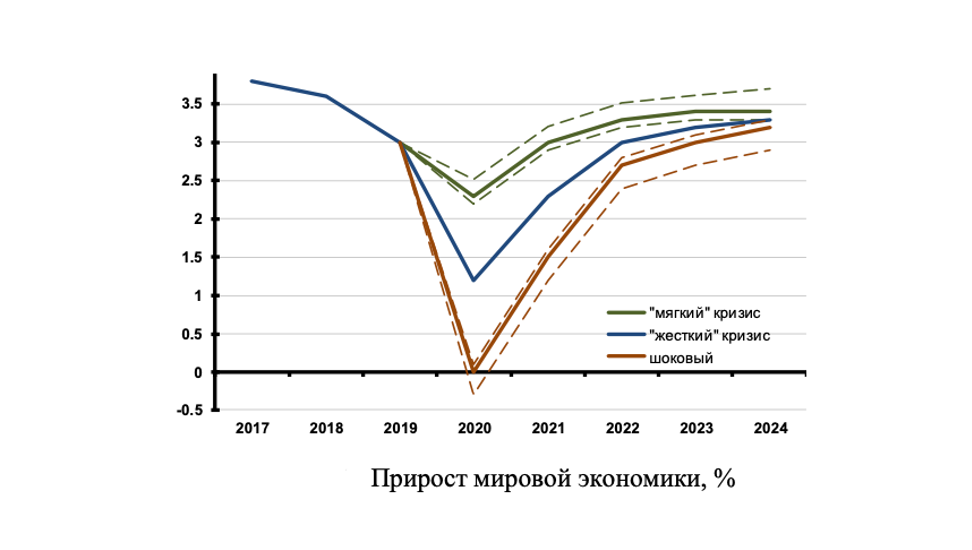
· «Hard crisis» with a transition of the Russian and global economy to a cyclical crisis
This scenario describes the most likely variant of the crisis, with a probability of around 55-57%. In global economy, issues related to quarantines, supply shocks, and rising instability on financial markets (with an expected growth in margin calls due to deterioration of collateral quality) usually lead to a full-scale cyclical crisis about two years long.
· «Shock» with lasting structural changes in the Russian and global economy
This scenario is an attempt to estimate possible consequences of a worst-case scenario. In this scenario, the Russian economy will have a «perfect storm», being badly hit by the coronavirus epidemic, a deep transformation of the global economy, and a plunge in oil prices. The probability is rather high, standing at 28-30%.
Video: Russian industrial policy: what are the priorities? (19:58); speaker: Vladislav Soloviev, Executive Director, Chairman of the Board, RUSAL
For more information about policy responses to the coronavirus outbreak and possible ways to stabilize the economy during the pandemic, please see the COVID-19 and StayHomeEconomy special sections of the Roscongress information and analytical system.


